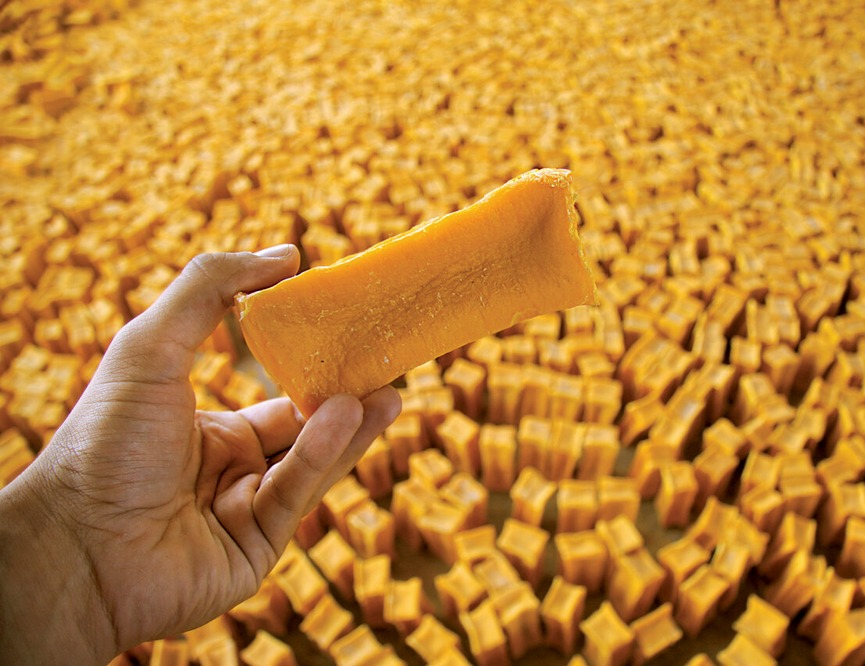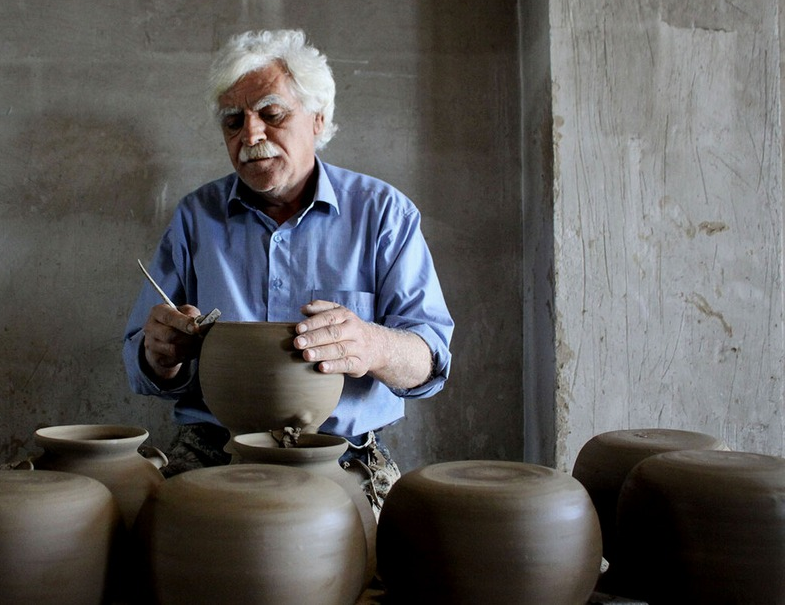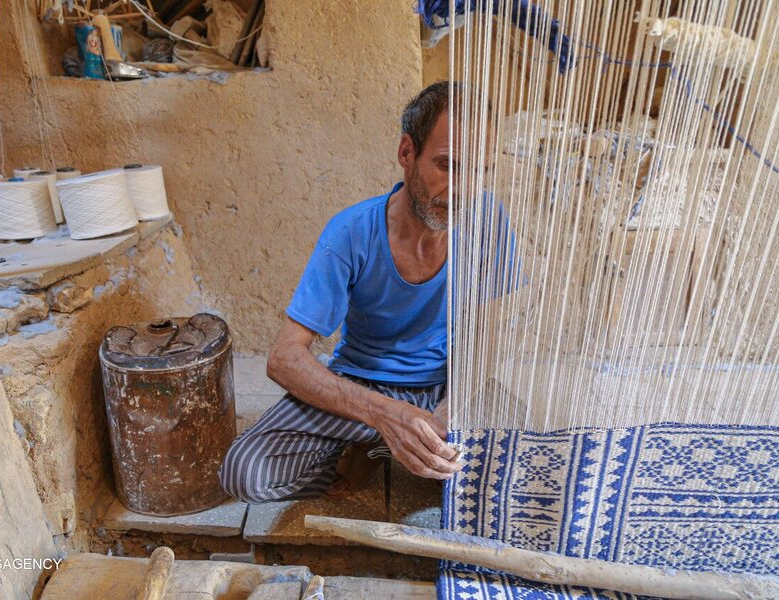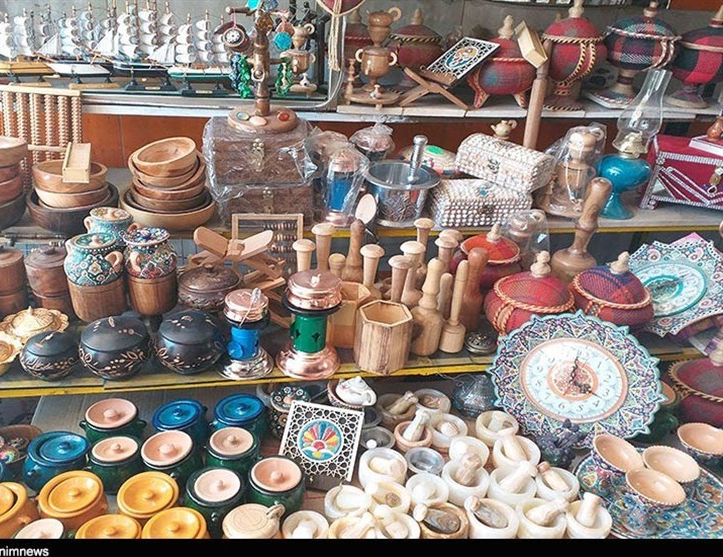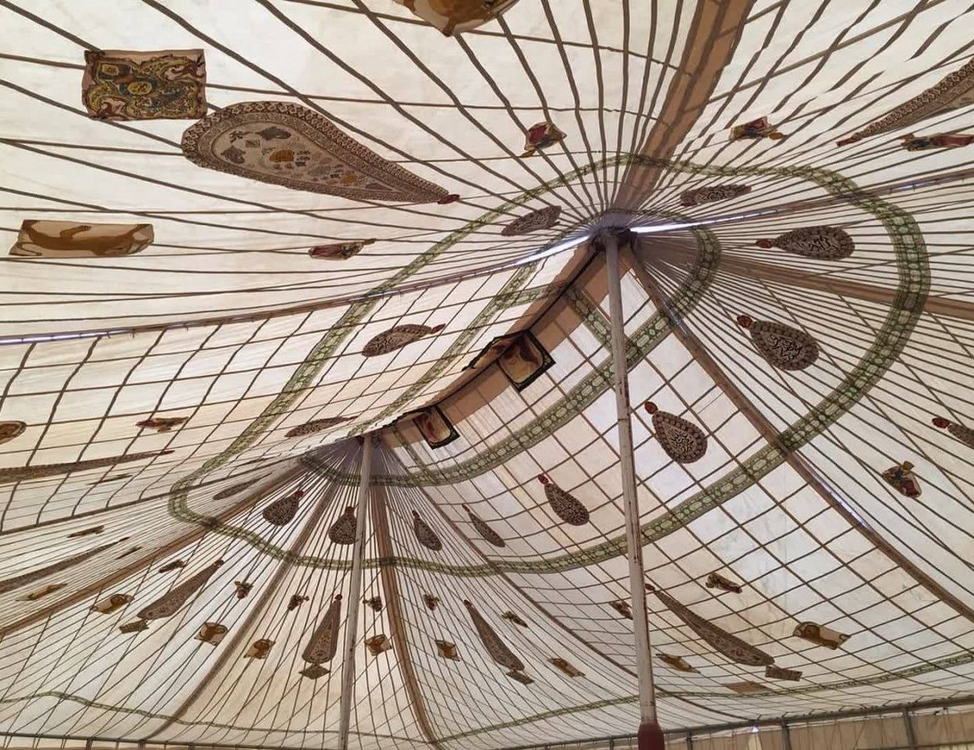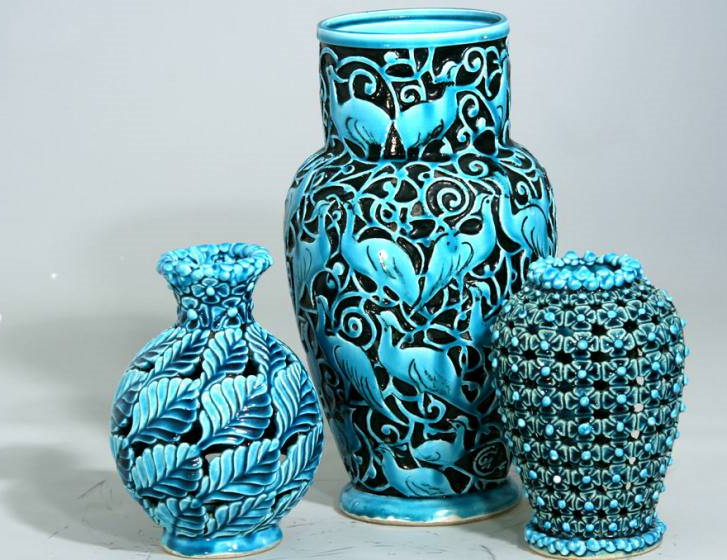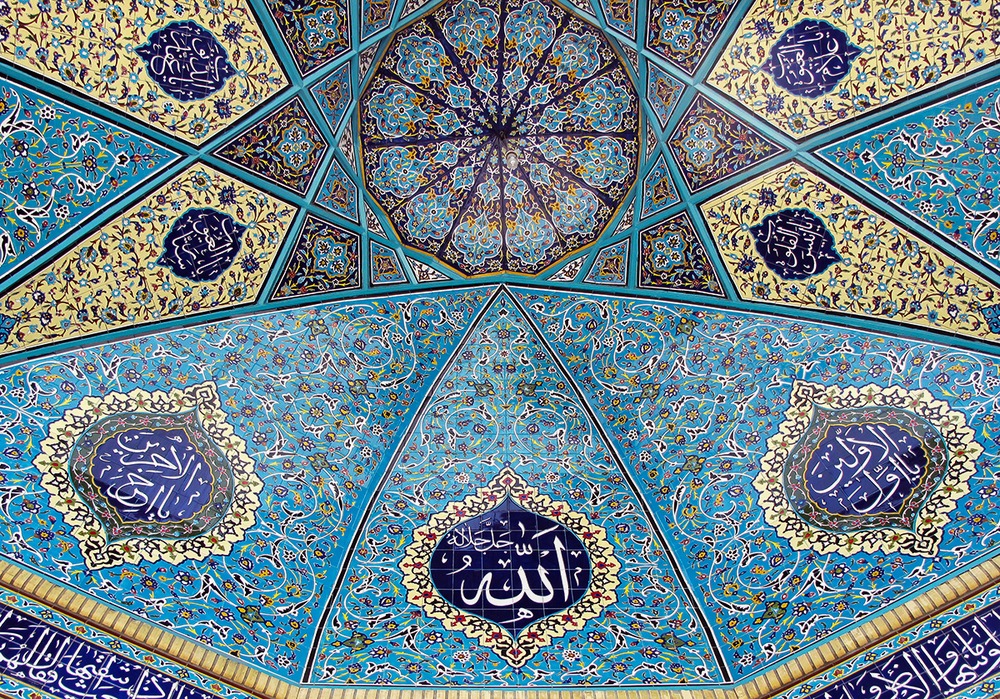
Tabriz Toreutics
Toreutics is one of the most beautiful and spectacular Iranian handicrafts. Toreutics is usually used to decorate various dishes and Tabriz, Shiraz, and Isfahan are considered the most important centers of this craft in Iran. Tabriz Toreutics, which is rooted in the culture and history of Azarbaijan, has no equal in terms of beauty and elegance and its motifs and style of work are easily recognizable. Tabriz Toreutics on copper is one of the famous arts of this city.
The History of Tabriz Toreutics
Toreutics should be considered one of the oldest Iranian arts. The Marlik Cup, one of the artifacts discovered in northern Iran from the late second millennium or early first millennium BC, is one of the oldest objects on which Toreutics has been seen. This art was popular during the Achaemenid era (550 to 330 BC) and reached its peak during the reign of the Sassanids (224 to 651 AD).
Generally, there are three styles of Tabriz, Shiraz, and Isfahan Toreutics, and all three have a common history. In Tabriz, Toreutics has been very popular since at least 650 years ago. During the Seljuq era (11th century AD) and Ilkhanate era (13th and 14th century AD), there were also professional Toreutics craftsmen in Tabriz. During the Safavid era (16th and 17th centuries), Tabriz Toreutics evolved at the same time as this art flourished in Isfahan. During the Qajar era (19th century), the use of various alloys made Toreutic products, especially products related to Tabriz Toreutics, quite popular among the general public as a result of which this art spread further.
As one of Iran’s handicrafts, Toreutics is nowadays performed professionally in special workshops. In the past, art students had to attend the workshops of their masters in this field to learn this craft, but today, the training of this art is held in the form of workshops and classes with the presence of professional teachers.
Features and Methods of Toreutics
The Toreutic artist creates patterns on metals such as gold, silver, copper, and brass by using a hammer and a thin metal chipping pen. Due to the fact that metal is more durable than other materials for making artifacts, Toreutic artifacts are very lasting.
In order to make less noise while making Toreutic artifacts, artists draw their desired shapes on the intended item and start their work after filling the container with bitumen or plaster. The chipping pens used in writing change in accordance with the elegance of the desired design. Sometimes the artist may use several pens to create his design. Usually, in order to make the patterns on the item more visible, the surface is covered with black polishing oil after finishing the work.
The Method of Making Toreutics Tabriz
While hammer strokes are used in Isfahan to create designs, the Tabriz craftsmen use wrist pressure in carving the intended motifs. As a result, the motifs made in Isfahan are deeper and the ones prepared in Tabriz are rather shallow and smooth. In Isfahan, small and raised chipping pens are used. The raised embossing pen gives a three-dimensional look to the motifs made. Toreutics is also used in designing and making the Zarih of the holy shrines.
Due to the fact that strokes are not used to create designs in Tabriz Toreutics, bitumen or plaster is also not used there. That is the reason that silver and copper, which have soft surfaces, are mostly used in Tabriz Toreutics. Engraving on silver is an exquisite craft with popular products that are usually bought as gifts and souvenirs.
In order to make different designs on the work surface more prominent, Tabriz Toreutic artists first make some parts deeper than the rest of the work surface with the help of a special pen called “Chezqali”. In this way, the general shape of the work gets to be more prominent. In the next step, using a chainsaw, the background is cut and made into a mesh to prepare for the implementation of the main design.
Toreutics should be considered one of the oldest Iranian arts. The Marlik Cup, one of the artifacts discovered in northern Iran from the late second millennium or early first millennium BC, is one of the oldest objects on which Toreutics has been seen. This art was popular during the Achaemenid era (550 to 330 BC) and reached its peak during the reign of the Sassanids (224 to 651 AD).
| Name | Tabriz Toreutics |
| Country | Iran |
| Cities | |
| Works | Metal and ornaments |
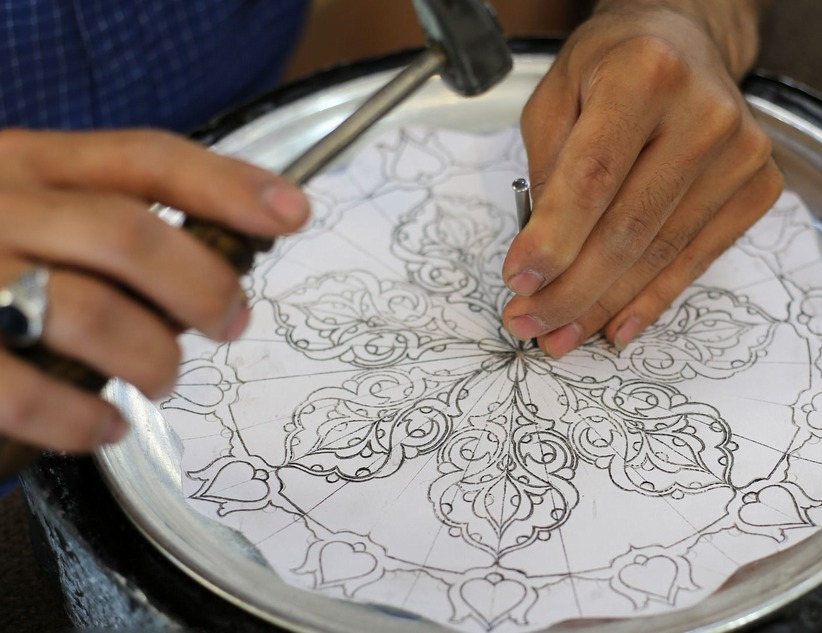
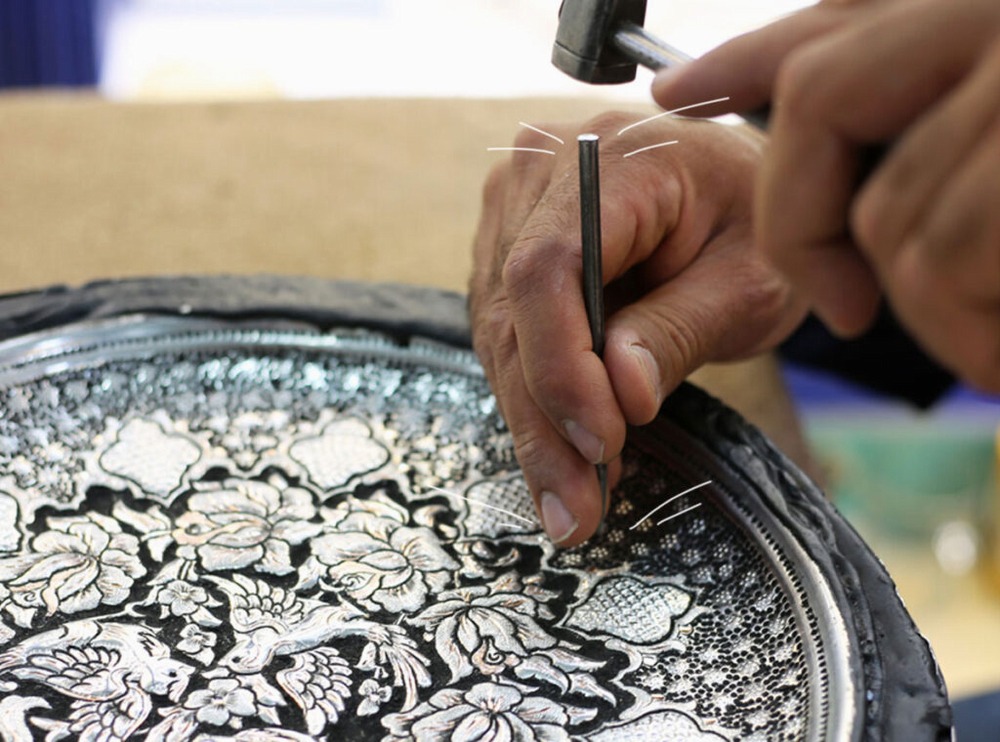
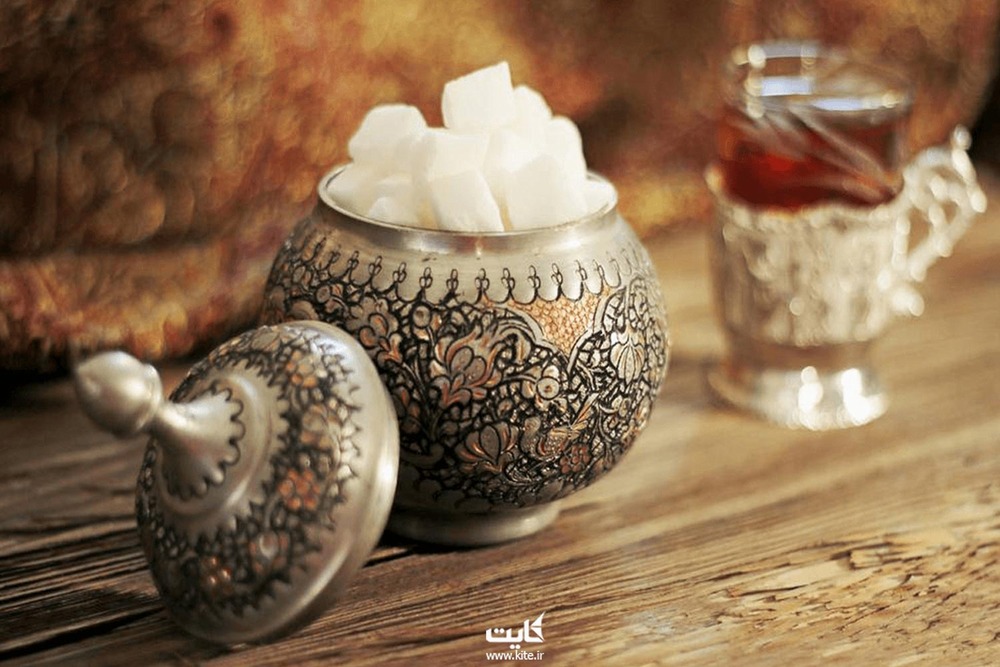
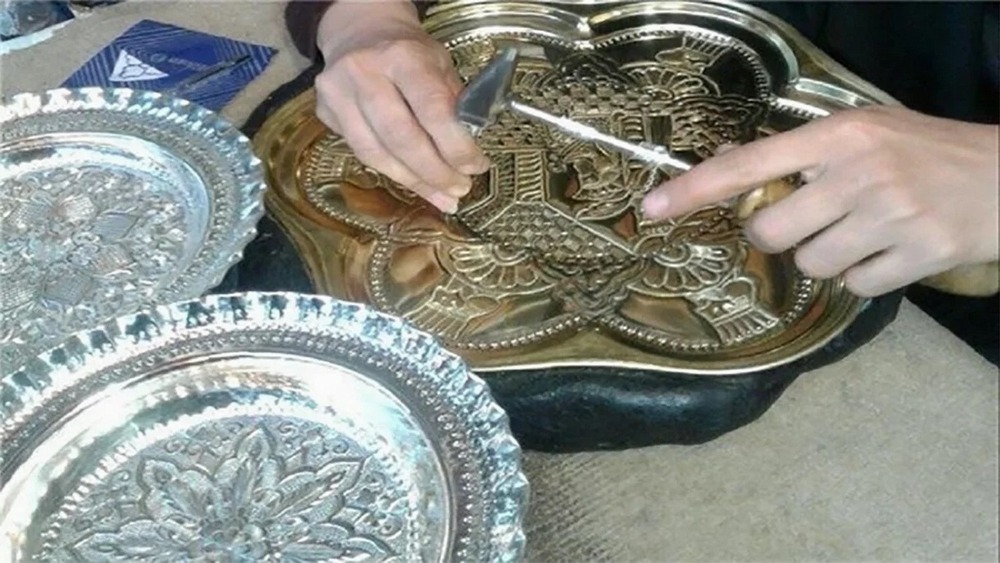




Choose blindless
Red blindless Green blindless Blue blindless Red hard to see Green hard to see Blue hard to see Monochrome Special MonochromeFont size change:
Change word spacing:
Change line height:
Change mouse type:
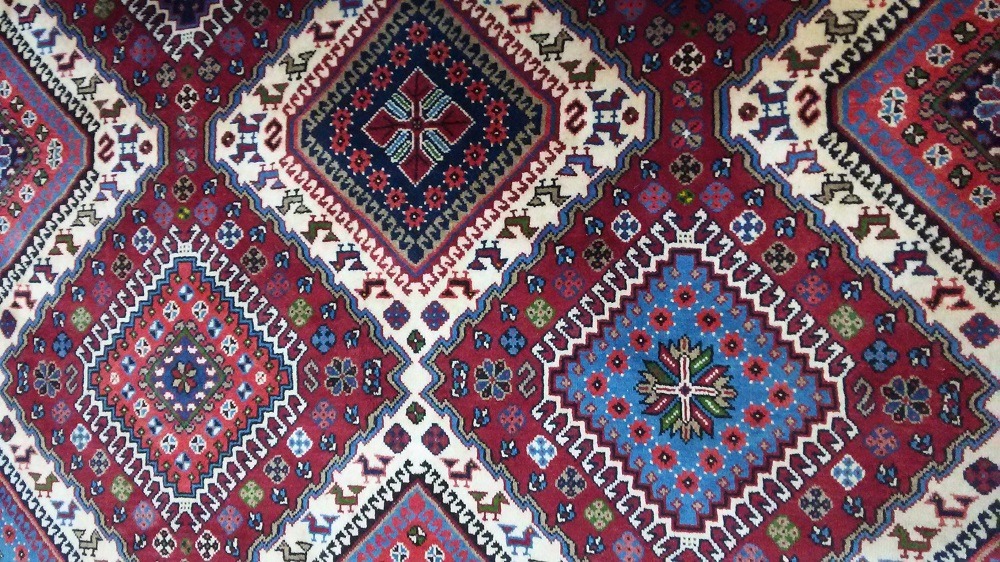
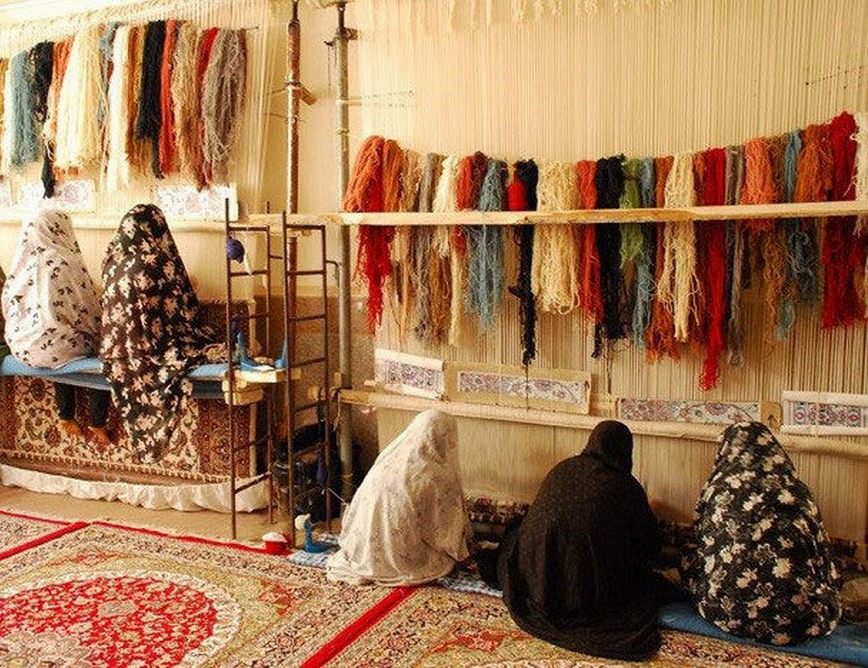
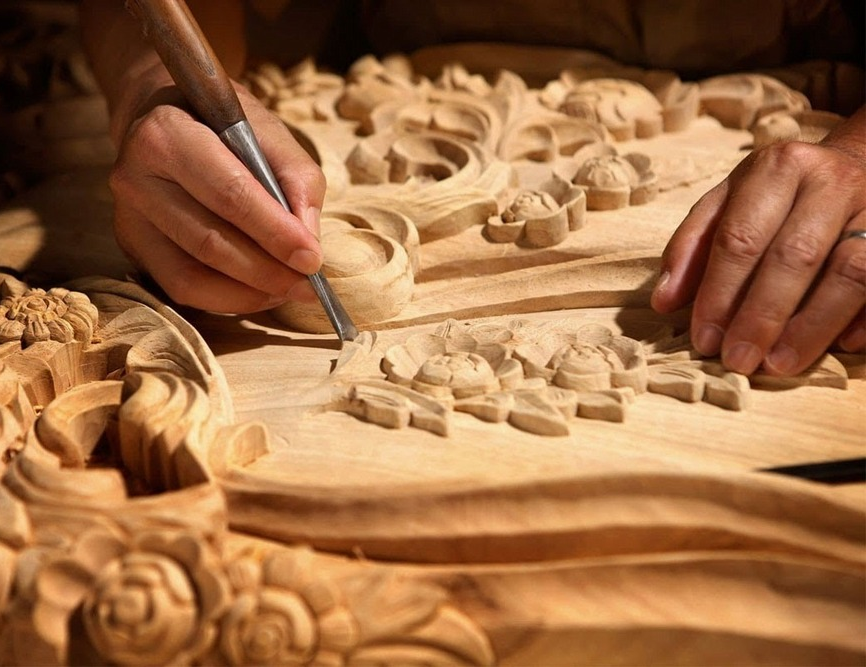

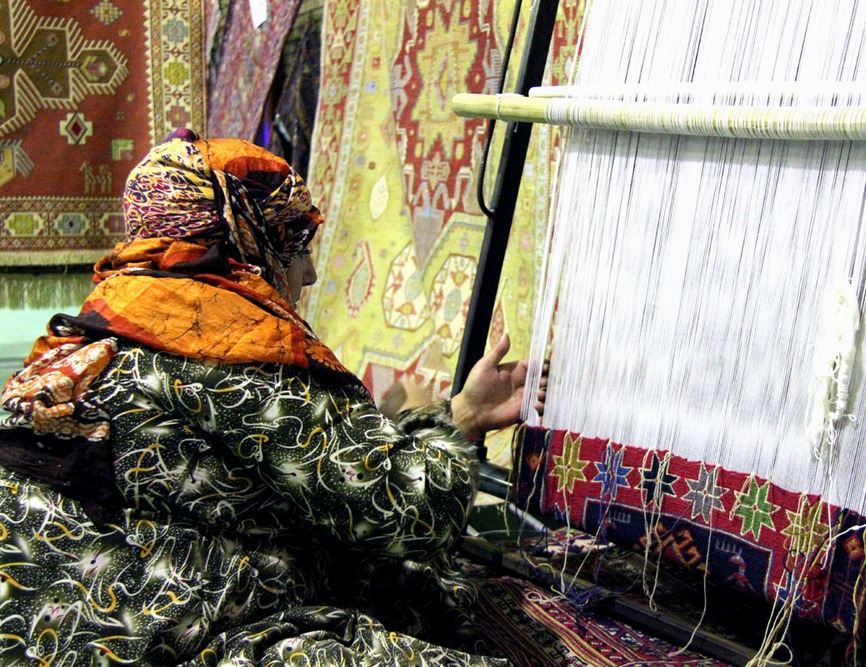
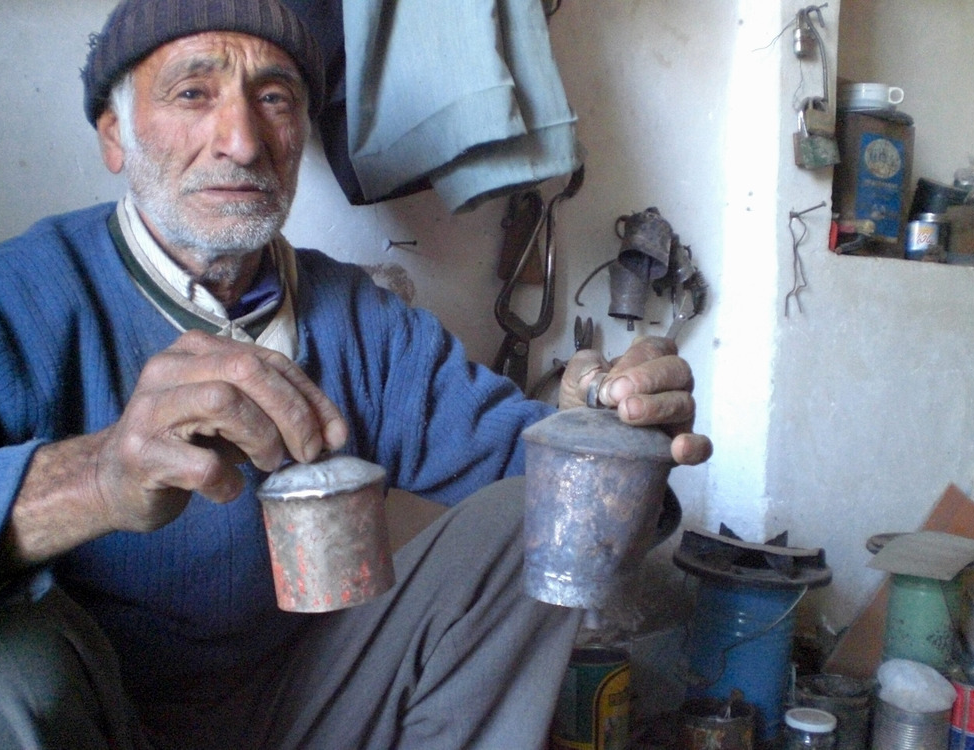

_crop_2.jpg)
